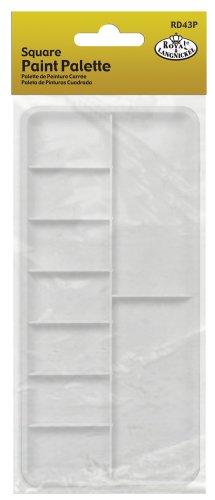Understanding Pastel Colors
Pastel colors are light, soft and muted hues that are often associated with a sense of calmness and tranquility. These colors are commonly used in various design fields, such as fashion, interior design, and graphic design. If you’re looking to create a pastel color palette, there are several key steps you can follow to achieve the desired result.
Step 1: Choose Your Base Colors
The first step in creating a pastel color palette is to select your base colors. These are usually light shades of the primary colors – red, blue, and yellow. You can also use secondary colors, such as green, orange, and purple, as your base colors. These base colors will form the foundation of your pastel palette.
Step 2: Add White to Lighten the Colors
The next step is to lighten your base colors by adding white to them. This will create a softer, more muted version of the original color. Start by adding a small amount of white to your base color and gradually increase the amount until you achieve the desired pastel shade. Remember, the goal is to create light, soft colors, so be careful not to add too much white, as this may result in a color that is too pale.
Step 3: Tweak the Colors with Other Hues
Once you have your lightened base colors, you can enhance your pastel palette by tweaking the colors with other hues. For example, you can add a touch of black to create a slightly darker shade or mix in a complementary color to create a more balanced palette. Experiment with different combinations to find the right balance of colors that appeals to you.
Step 4: Create Gradient and Contrast
One way to make your pastel color palette more visually interesting is to create gradients and contrast. Gradation refers to the transition from one color to another, usually from light to dark. You can create a gradient effect by using different shades of the same color or by combining multiple pastel colors. Contrast, on the other hand, involves using colors that are opposite each other on the color wheel, such as yellow and purple or blue and orange. By incorporating gradients and contrast into your palette, you can add depth and dimension to your designs.
Step 5: Test Your Palette
Once you have created your pastel color palette, it’s important to test how the colors look together. You can do this by creating sample designs or mockups to see how the colors interact with each other. Pay attention to the overall harmony and balance of the palette. If a particular combination doesn’t work well, don’t be afraid to make adjustments and try different combinations. Remember, creating a pastel color palette is a creative process, so feel free to experiment and have fun with it.






